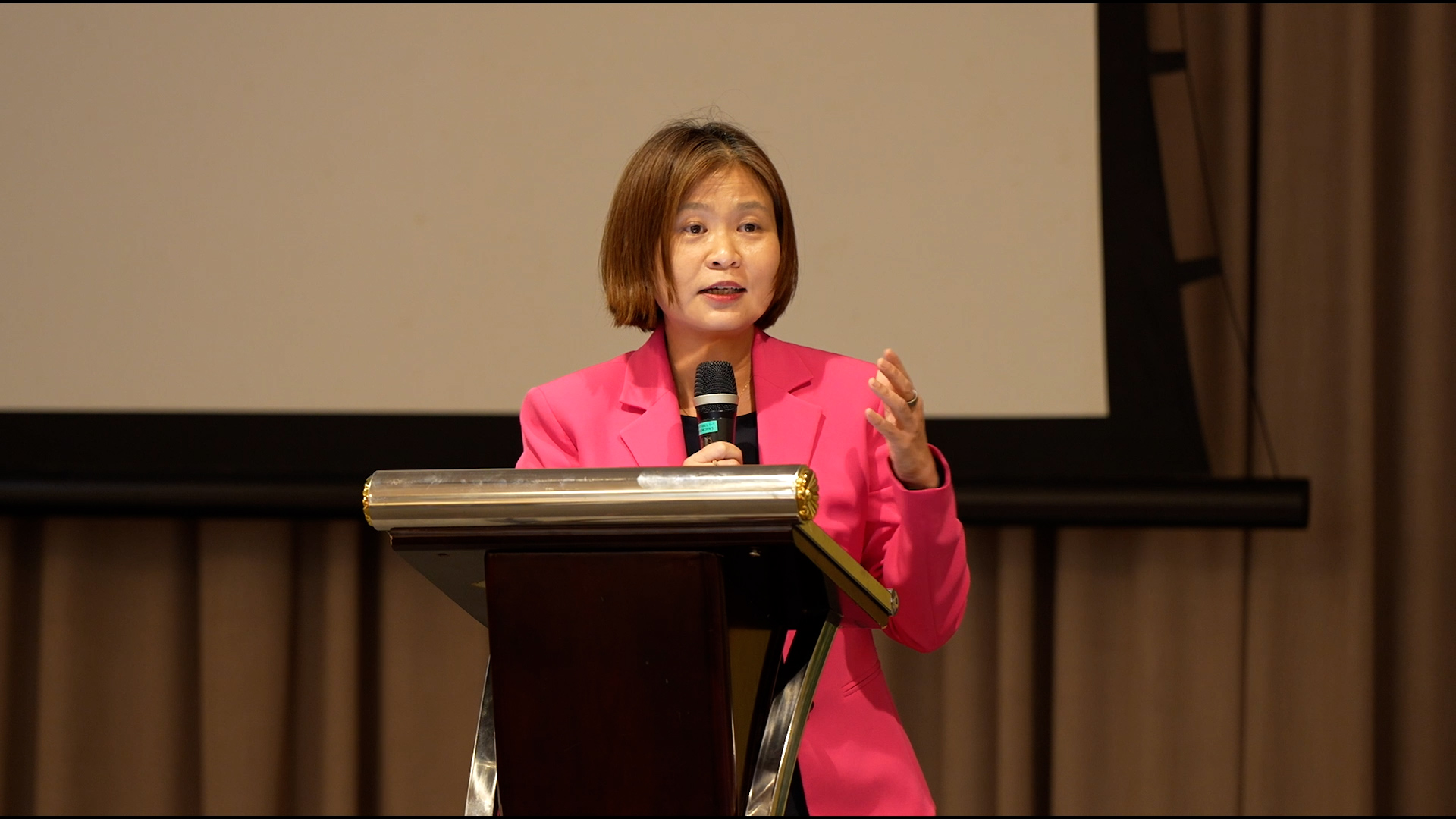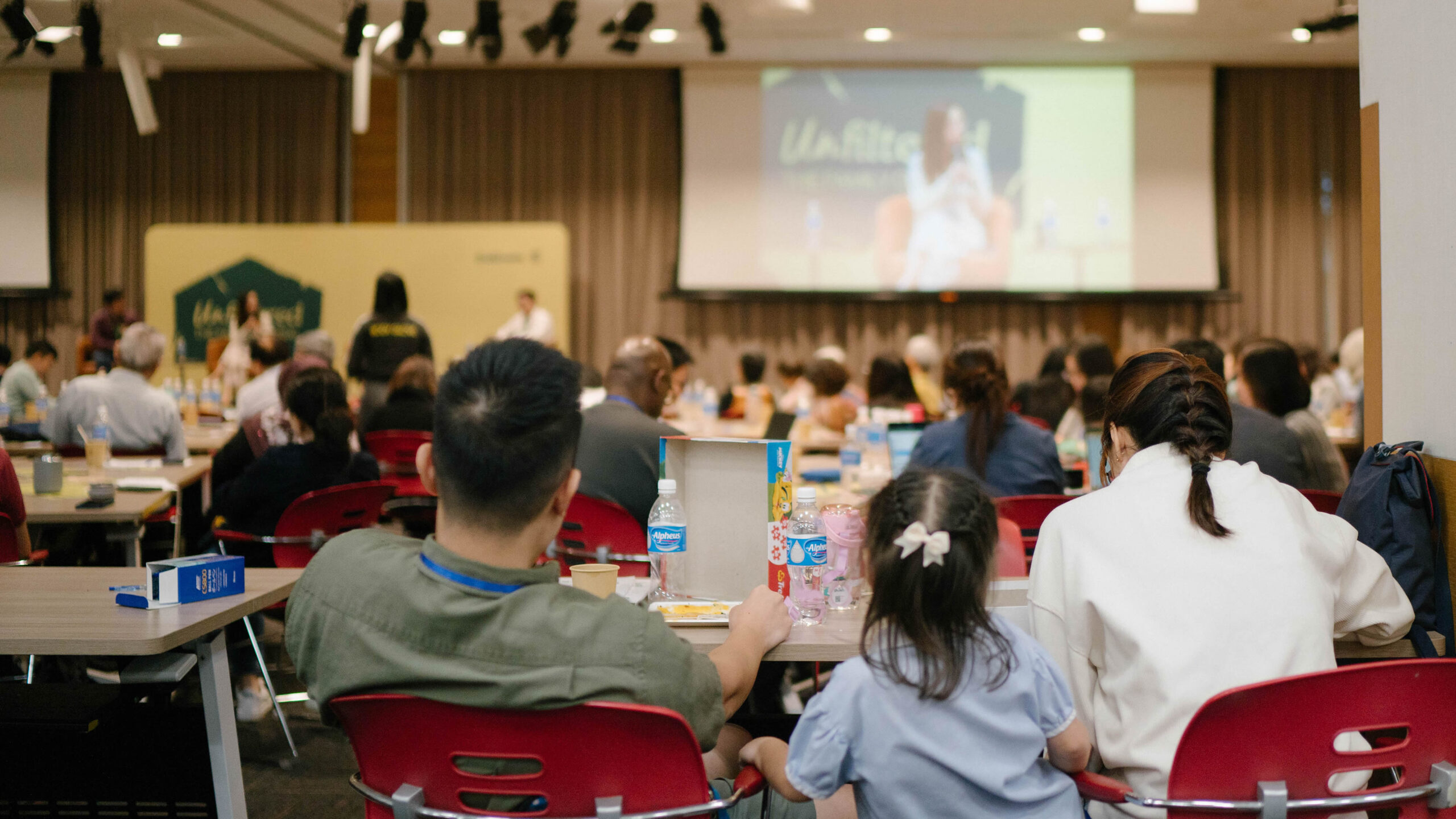Social media in the age of high-speed internet has been a big game-changer for our time. Some of us remember fighting over the computer with our siblings to use a handful of platforms like ICQ, MSN Messenger and Friendster to connect with our friends after school. We might still remember the sound of our internet dialling up, while we waited impatiently for not-so-instant connection. Today, there are numerous ways of connecting with people online, and you don’t even need your bulky, laggy computer.
On one hand, there are instant messaging apps like WhatsApp, Telegram, Signal and WeChat that people around the world use daily. On the other hand, there are others like Facebook, Instagram, TikTok and X (formerly known as Twitter). In our world today, we can easily ‘follow’, ‘friend’, comment and broadcast messages to people whom we may not necessarily know or who may not necessarily know us either.
A 2024 study by We Are Social found that Singaporeans spend an average of 2 hours and 14 minutes a day on social media. The most highly-used social media platforms are WhatsApp (74.7%), Facebook (72.7%), Instagram (60.3%) and TikTok (52.5%). In fact, the study found that the most common reason why people use social media is to keep in touch with friends and family, with 43.4% of the respondents saying so.
And this is just social media, what about the numerous other entertainment and marketplace apps that we spend other hours of the day on, by ourselves, all on our screens?
Are We More ‘Connected’ or ‘Disconnected’?
With all these forms of social media, are we becoming more connected with one another?
Some might be surprised, but the answer is not a clear “Yes!”
To be fair, social media played an important role at the height of the COVID-19 pandemic, allowing us to stay in touch with each other amid tight restrictions on social activities.
Yet, although technology has enabled us to get in touch with others and hear about events from across the world, the level of relational and emotional connection it allows just does not seem to meet people’s needs. Or put another way, we haven’t learnt to use the technology all that well.
A 2019 study published by the Barna Group and World Vision found that many young adults aged 18 to 35 years felt lonely, despite being a hyper-connected and globally minded generation. Even though a majority (57%) said that they felt connected to people around the world, only around a third of them felt deeply cared for by those around them (33%) or that someone believed in them (32%).
The study surveyed around 15,000 respondents ages 18 to 35 across 25 countries, including Singapore. These findings are supported by another 2023 study of respondents in Norway, United Kingdom, United States of America and Australia, which suggest that people who use social media for the motive of maintaining their relationships feel lonelier than those who spend the same amount of time on social media for other reasons.
The problem of loneliness is also a problem among the elderly. According to a 2015 study by researchers from the Centre for Ageing Research and Education (CARE), 32% of elderly Singaporeans aged 60 and above felt lonely some of the time, and 19% were mostly lonely. The same study found that loneliness increased the risk of death from any cause.
In a 2023 article, researchers from CARE commented that “being lonely has the same effect on mortality as smoking, cardiovascular disease and decreased immunity”. Among those aged 60, those who perceived themselves to be lonely lived three to five years less on average, compared to peers who perceived themselves as not lonely.
This is a growing public health problem, as Singapore is very likely to become a “super-aged” society in 2026, with at least 21% of Singapore’s population reaching 65 years and older.
Pop Some “Vitamin Social Contact”
All of the above shows a simple point: Feeling lonely is bad for people. We all need “Vitamin Social Contact”, a term coined by researchers Paul Van Lange and Simon Columbus.
For most people, we might get a fair and best share of social contact from our face-to-face interactions with our family and friends. It also comes through various other networks, such as with classmates, colleagues, clients, and more. Our need for such contact doesn’t change even if there is a chance of disputes and conflicts.
On a balance, our interactions with most people are positive.
What about acquaintances and strangers?
Apparently, even interactions with them can give us some of the social contact we all need.
In a 2021 study, Van Lange and Columbus pointed out that face-to-face interactions with
acquaintances and even strangers may have benefits. These include interactions for brief moments in a grocery store, a bus, or coffee shop.
Such interactions, they argue, help to keep people mentally fit. They also serve basic needs such as making people feel connected and appreciated, perhaps along with the realisation of personal growth.
They thus advised readers to initiate brief interactions with strangers – even just a smile – especially when one is low on “Vitamin Social Contact”.
Use Social Media Better, and Go Touch Grass* With Others
Our current use of social media, on the other hand, might not be the answer to our need for “Vitamin Social Contact”. A well-known study from 2016 suggests that social media is a poor substitute for the human connection that we all need.
Conducted in the United Kingdom, the Oxford University psychology professor Robin Dunbar asked Facebook users between the ages of 18 and 65 two important questions: how many of their Facebook friends they considered to be close friends, and how many individuals they would “consider going to for advice or sympathy in times of great emotional or other distress”.
These users had an average of around 150 Facebook friends. Of these, only an average of 4.1 people were friends that they could count on for emotional or social support in times of crisis, while an average of 13.6 could be counted as close friends.
Reporting on this study, Forbes magazine carried the headline “Most Of Your Facebook Friends Are Not Your Real Friends, Says Study”. Newsweek put it more bluntly “Facebook Friends Are Fake Friends, Study Finds”. The same could be said of Instagram, TikTok, or any other social media platform.
So for those of us who are hyper-connected on social media but really struggle with loneliness, we need to change the way we use it and purposefully disconnect sometimes. We can be more intentional with how we use to it connect with friends whom we can’t meet as regularly and clear our friend lists (less influencers, more real friends).
Plus, we need to go out and touch some grass – to ground ourselves in the physical world, instead of scrolling our phones for hours. And while we’re at it, ask some friends along (even the ones we’ve made on social media) and fully enjoy the company!
Note: The phrase “touch grass” is used here as an expression to mean disconnecting from technology and spending time outdoors or engaging with the physical world.


